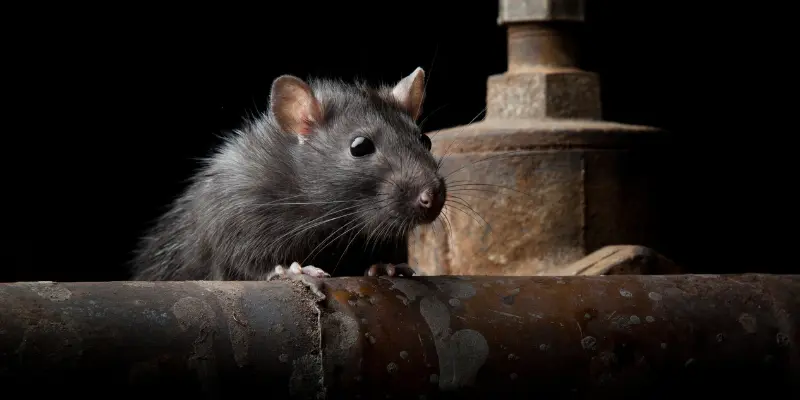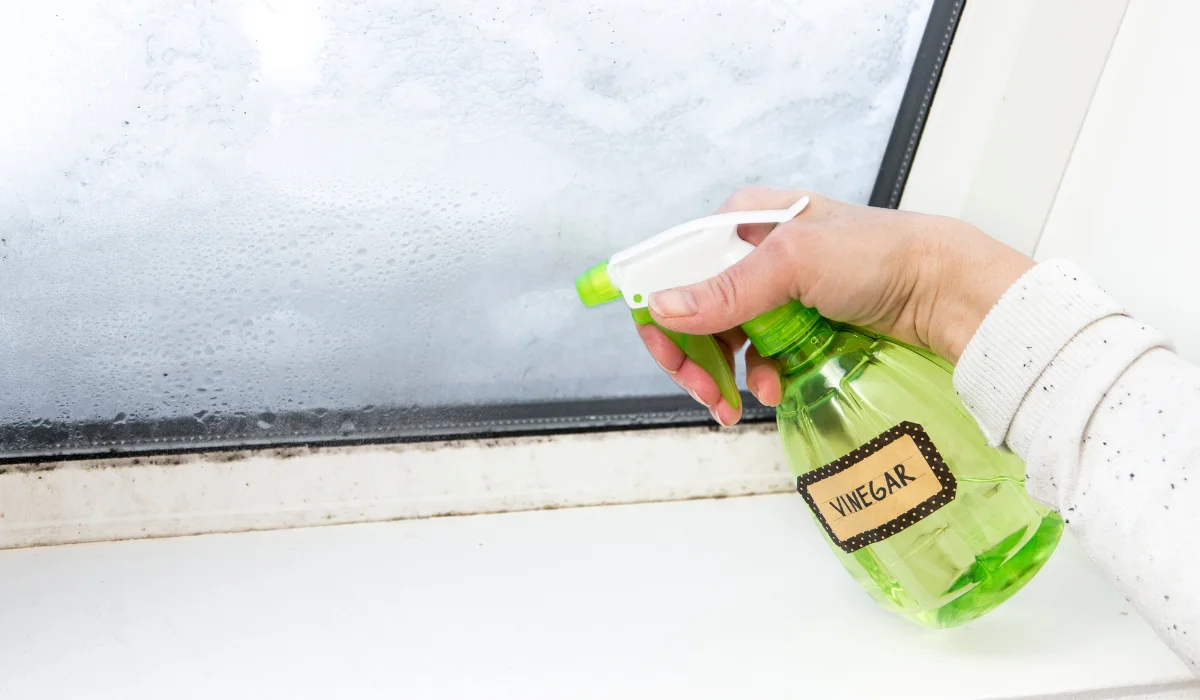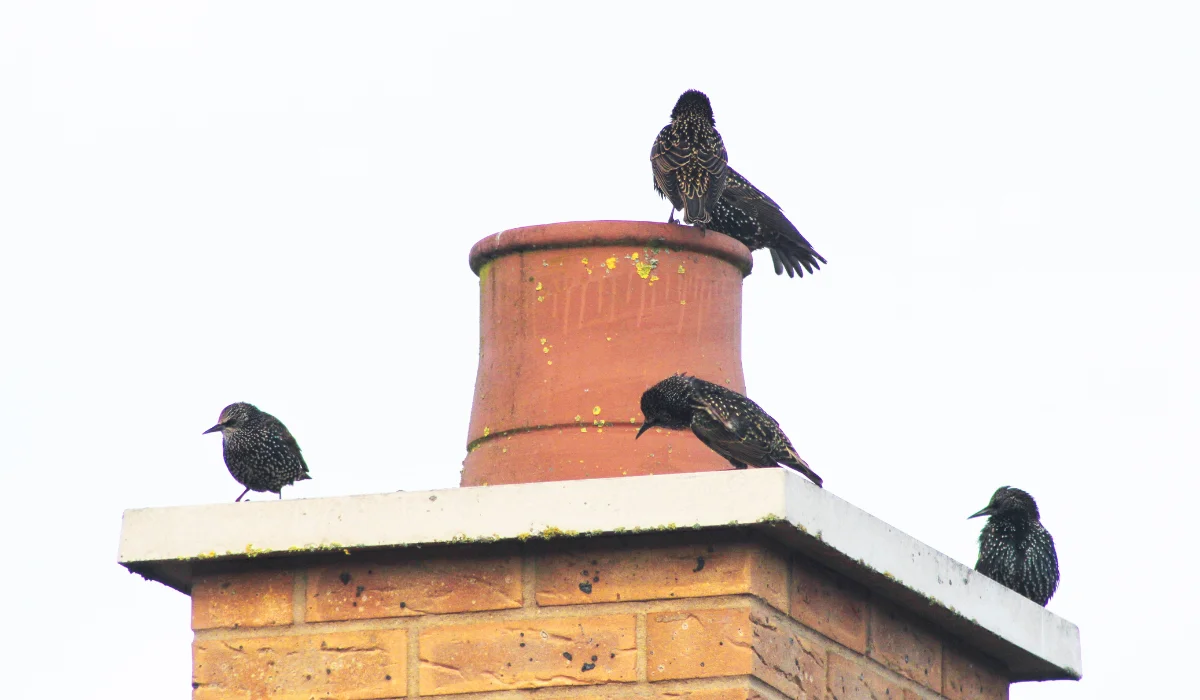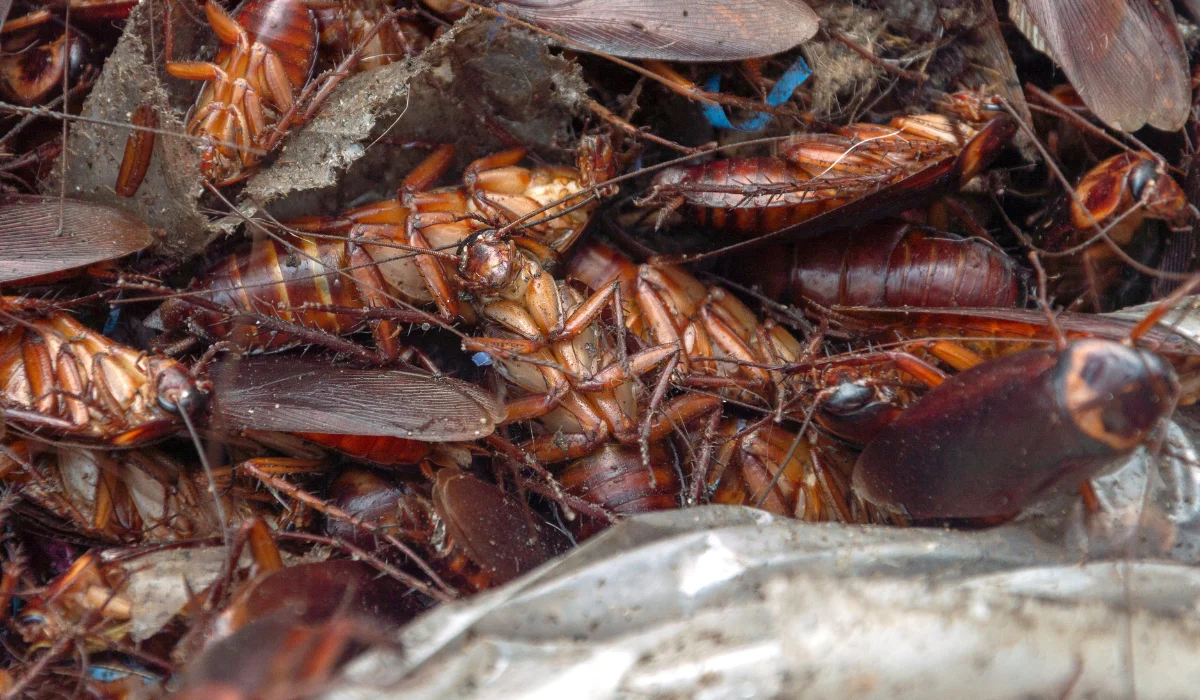Got roof rats? These sneaky climbers love to hang out in your attic, quietly causing chaos. They’re not just annoying; they chew through everything and can spread diseases.
They’re health hazards, spreading diseases like the Bubonic plague in Europe of the past and messing with your food.
Wondering how to kick them out? Stay tuned for the best ways to spot and stop these uninvited guests, keeping your space rat-free and cozy.
Key Takeaways
- Roof rats are skilled climbers known as “black rats,” easily identified by their long tails, large ears, and preference for high places like attics.
- These pests pose significant health risks by spreading diseases such as the Bubonic Plague and Rat-Bite Fever through fleas, bites, or contaminated food.
- Signs of a roof rat infestation include droppings, gnaw marks, unusual pet behavior, and scurrying sounds in the attic, especially at night.
- Effective roof rat management includes securing your home to prevent entry, using traps or professional pest control services, and regular inspections to keep them at bay.
WHAT DO ROOF RATS LOOK LIKE?
Roof rats, commonly known as “the black rats,” are adept climbers and common pests in various environments. They have distinguishable appearances and behavior.
You can differentiate roof rats from other local rat types with the following key features:
| Feature | Description |
| Scientific Name | Rattus rattus |
| Common Names | Roof rat, black rat, ship rat |
| Size | 6 to 8 inches long (body), 7 to 10 inches (tail) |
| Weight | 5 to 9 ounces |
| Color | Dark brown or black |
| Ears | Thin and large ears, easily visible against the head |
| Nose | Pointed nose |
| Tail | Longer than the body, scaly |
| Fur Texture | Smooth and soft |
| Distinguishing Marks | The tail and ears are vital identifiers compared to the Norway rat (brown rat), which has a shorter tail and smaller ears. |
Roof Rat Diet
As an omnivorous type of rat, roof rats scour for food at night with their versatile diets.
When inside your home, they may look for these to feed on:
- Stored Grains and Processed Foods: Often raids human food stores, targeting grains, cereals, peanut butter, and processed foods.
- Garbage and Waste: Scavenges for leftovers and decomposable materials in garbage and waste.
Roof Rat Habitat
Roof rats remain active year-round, unlike some mammals, which may significantly reduce their activities during colder months.
Additionally, they thrive in coastal states with warmer climates, such as Louisiana, compared to other regions in America.
What sets them apart is their preference for elevated habitats. Here’s a checklist to pinpoint their haunts:
- Trees and Shrubs: Look for nests in dense foliage or among tree limbs.
- Upper Levels of Buildings: Check attics, rafters, and roofs for droppings or gnaw marks.
- Vines and Fences: Inspect for climbing routes or pathways indicative of frequent travel as they love climbing vines.
- Cluttered Storage Areas: Woodpiles or debris can provide shelter.
WHAT ARE THE HEALTH RISKS OF ROOF RATS?
Increasing roof rat populations present significant health risks and pose a serious concern.
Diseases and Parasites
They are vectors for rodent-borne diseases that can drastically impact human and pet health. Here’s a closer look at some of the diseases associated:
| Disease | Symptoms | Transmission Method |
| Bubonic Plague | Fever, headache, chills, weakness, swollen lymph nodes | Flea bites from fleas that have fed on infected rats |
| Rat-Bite Fever | Fever, muscle pain, joint pain, rash | Bites or scratches from infected rats or ingestion of contaminated food |
| Trichinosis | Nausea, diarrhea, vomiting, fatigue, fever, abdominal discomfort | Ingesting undercooked meat infected with Trichinella worms |
SIGNS OF A ROOF RAT INFESTATION
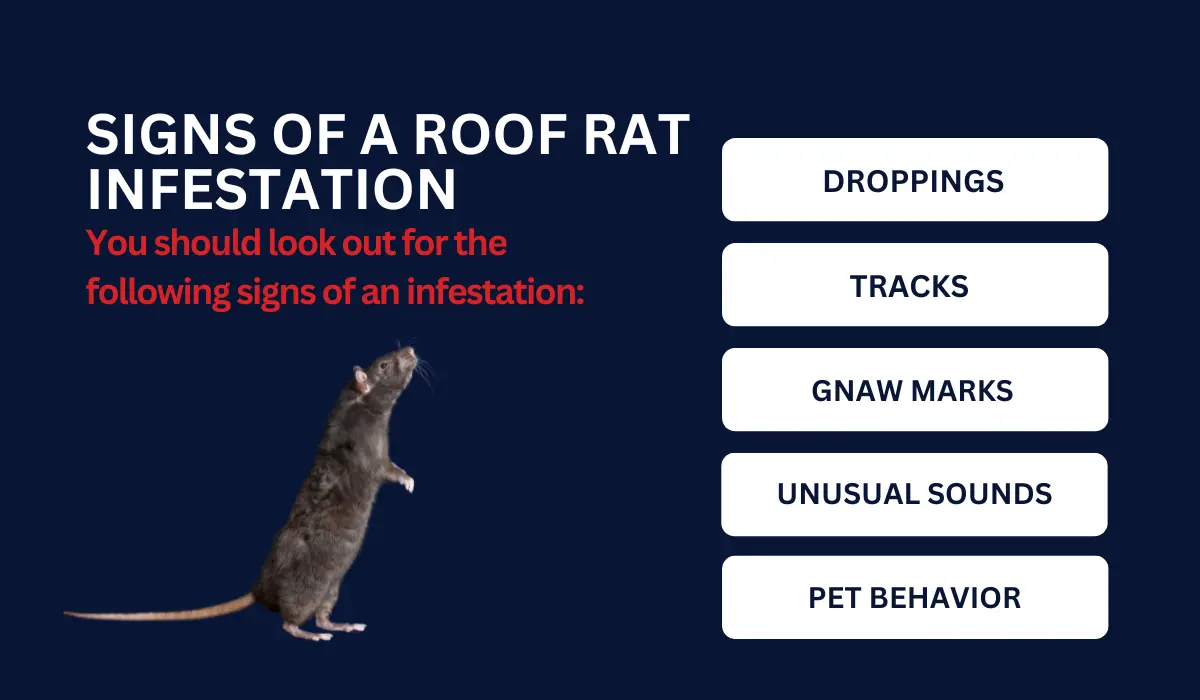
Roof rats have distinctive habits that become apparent through careful inspection. As homeowners, you should look out for the following signs of an infestation:
- Droppings: Rat droppings are often the first sign of an infestation. Roof rat droppings are about 1/2 inch long and have pointed ends.
- Tracks: Dusty environments might reveal footprints and tail marks.
- Gnaw Marks: Check for gnaw marks around wood, electrical wires, and food packaging.
- Unusual Sounds: Listen for scurrying or gnawing sounds in the attic at night.
- Pet Behavior: Watch for unusual pet behavior; pets might sense rats before humans do.
GETTING RID OF ROOF RATS
When managing a roof rat infestation, knowing your preferred approach is crucial. Effective eradication strategies include handling the rat problem yourself and hiring a rat exterminator to do the job.
DIY Approach
In Louisiana, snap traps and bait stations are two of the most common ways to get rid of roof rats. Here’s a look at the pros and cons of these DIY pest control strategies.
| Strategy | Pros | Cons |
| Snap Traps | Effective for small populations, can be reused, and has immediate results. | Requires handling dead rats, which is not ideal for large infestations. |
| Bait Stations | Less handling of chemicals, safe around children and pets. | Slower results, rats may die in hard-to-reach areas. |
Professional Pest Control
Professional rat control specialists follow specific protocols for tackling rodent problems. At LaJaunie’s Pest Control, here’s how it’s done:
1. Initial Assessment
- Determine Needs: Evaluate if regular pest control is sufficient or if a complex solution requiring a state-certified inspector is necessary.
- Schedule Inspection: If an in-depth inspection is needed, arrange a date and time.
2. Inspection Process
- Arrival Notification: Inform the customer upon arrival.
- Exterior Examination: Conduct a thorough inspection outside to identify areas needing sealing, caulking, replacement, or sanitation.
- Documentation: Take photos of problem areas, list issues, and propose solutions.
- Customer Approval: Discuss findings with the customer, gain approval, and schedule the wildlife job.
3. Job Execution
- Preparation: The wildlife crew checks account notes and gathers necessary equipment before notifying the customer of their arrival.
- Review: Double-check account photos and notes to clarify the required services.
- Exclusion Work: Perform exterior and attic exclusion using cement, steel, or wire mesh for openings ¼ inch or larger.
- Attic Treatment: Apply dust lightly in the attic towards the corners without covering stored items or near the AC unit.
- Baiting: Place Maki Paks and miniature bait boxes in the attic, focusing around the AC for homes with minimal rodent issues. Use baited glue traps indoors.
- Burrow Elimination: The IGI CO2 burrow eliminator is available for burrowing rodents (subject to extra fees).
ROOF RAT PREVENTION TIPS
To effectively thwart roof rats, you need a strategy that includes fortifying your homes, wisely managing your landscapes, and performing thorough regular inspections.
Securing Your Home
Roof rats seek entry into hoarder’s homes for shelter and food. Securing your home reduces the likelihood of these pests becoming unwanted guests.
| Recommended Action | Description |
| Trim Tree Branches | These critters are skilled climbers; trim branches so they are at least 6 feet away from your house to prevent easy access. |
| Regulate Storage | Store pet food, cereals, and other edibles in airtight containers. Ensure garbage bins have tight-fitting lids. |
| Manage Moisture | Fix leaky faucets and eliminate water sources that may attract rats, such as standing water in birdbaths. |
| Control Clutter | Avoid piled wood or storage boxes near your home’s exterior, as these can be harbored for rats. |
| Reinforce Eaves and Vents | Seal eaves and vents that might otherwise provide entry points for pests with screens or caulk. |
IS IT TIME TO CALL THE RAT EXPERTS?
If you suspect a roof rat infestation in your home, you may see several telltale signs. These signs can determine if it’s the right time to reach out to pest control professionals:
- Noises: Scratching or scurrying sounds in the attic, especially at night.
- Droppings: Small, spindle-shaped droppings in or around the home.
- Gnaw Marks: Evidence of chewing on food packaging, walls, or wires.
Wherever you’re in Louisiana, seeking expert help should be easy. For immediate intervention for a severe infestation, let Lajaunie’s rat control specialists tailor a solution that’s right for your home.
For more information about the areas we service, visit our location page.
 By: LaJaunie's Pest Control
By: LaJaunie's Pest Control 